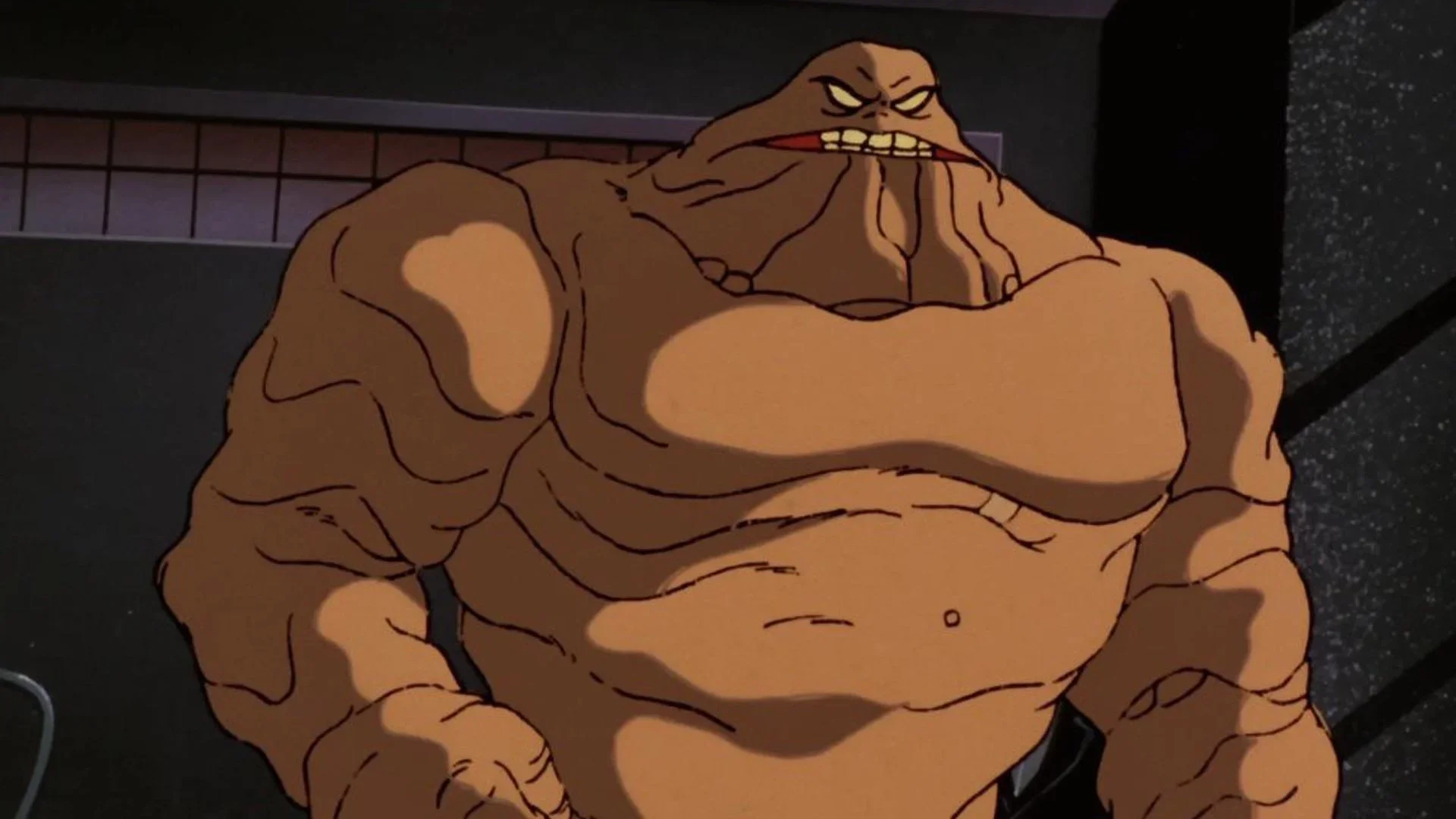James Gunn Insisted on Using Practical Effects For CLAYFACE, Making It a True Horror Experience
DC Studios is changing its game plan. Instead of gambling everything on massive blockbusters, the studio is building out the DC Universe with a mix of smaller-scale movies and TV shows.
One of the most interesting and exciting projects for me is Clayface, an R-rated body horror film centered on Batman’s terrifying shapeshifting villain.
The script comes from Mike Flanagan and Hossein Amini, with James Watkins directing. And while that lineup already had horror fans intrigued, leaked set photos confirmed that the team is fully embracing practical effects and makeup to bring Clayface to life.
That creative choice came directly from DC Studios co-chairman James Gunn, who made it clear that the monster would be built in-camera, not in post-production.
In an interview with Brandon Davis, Gunn explained how the decision came about after leaked photos from the set started circulating:
“We knew we were shooting outside, we knew there would be some photos that would get out, and we knew there was some makeup and stuff involved. And they are like, ‘Oh, should we not put any of the makeup on and do it with visual effects in post?’
“And I’m like, ‘What are you talking about?’ I mean, is it going to make one dollar less at the box office, you know, if some photos leak?
“Secondly, you wanna spend hundreds of thousands of dollars on VFX when it’s going to look better if it’s practical? Because there are a lot of amazing practical effects in Clayface.”
I love that they are dedicated to using practical effects, but it isn’t just about aesthetics. It’s part of a bigger strategy for how DC is approaching its future. By leaning into physical makeup and prosthetics, Clayface avoids ballooning CGI costs and keeps its reported $45 million budget under control.
That’s a fraction of what major superhero films cost, and it means the movie doesn’t have to break box office records to succeed. While something like Superman needs to rake in hundreds of millions worldwide, Clayface could turn a strong profit with a $150 million haul.
But beyond the financial upside, Gunn’s point about practical effects “looking better” also carries weight. Horror history is filled with unforgettable monsters created through makeup and prosthetics.
They felt real because they were real. For a character like Clayface, whose story revolves around a grotesque physical transformation, that tangible quality makes the horror hit harder. It also ties the film back to decades of body horror classics where the artistry of practical effects gave audiences nightmares that CGI rarely delivers.
With Gunn pushing for an authentic horror aesthetic and Watkins steering the film into body horror territory, Clayface could be one of the collest entries in the new DCU.
Flanagan previously opened up about the DC project and confirmed that his version of Clayface was heavily inspired by the acclaimed two-part Batman: The Animated Series episode “Feat of Clay.”
When asked if his script was inspired by that, Flanagan said: “Of course it was. I mean that is the perfect [story]. ‘Feat of Clay,’ Ron Perlman, to me, that’s it. That two-parter knocked me out. The short answer is that is absolutely that is what inspired my script.
“That is the world I wanted to live in. Batman: The Animated Series when I was growing up was my Batman. As much as [Michael] Keaton was my Batman, The Animated Series really was my Batman.”
We’ll will find out just how terrifying this monster really is when the film hits theaters on September 11, 2026.
